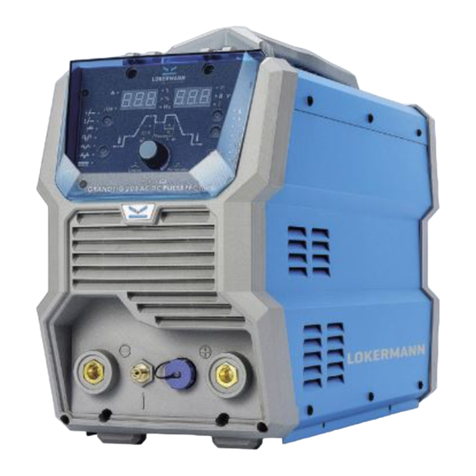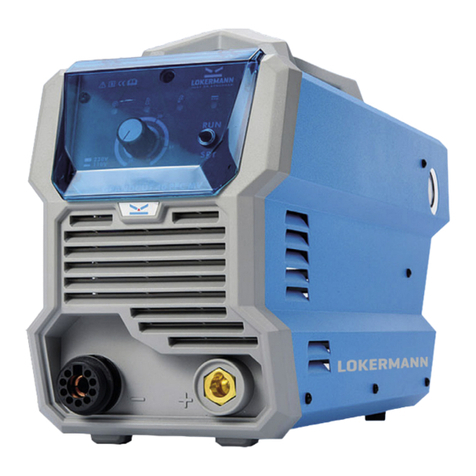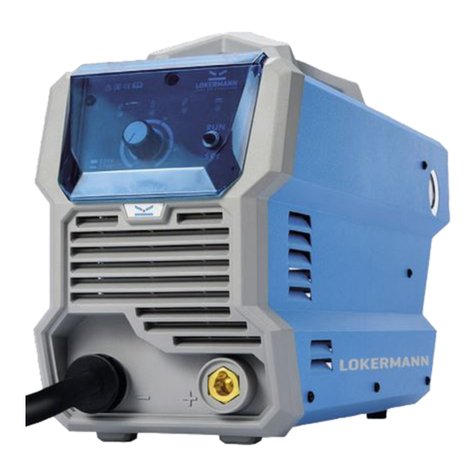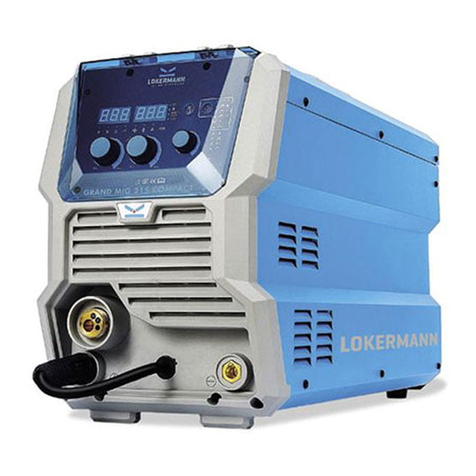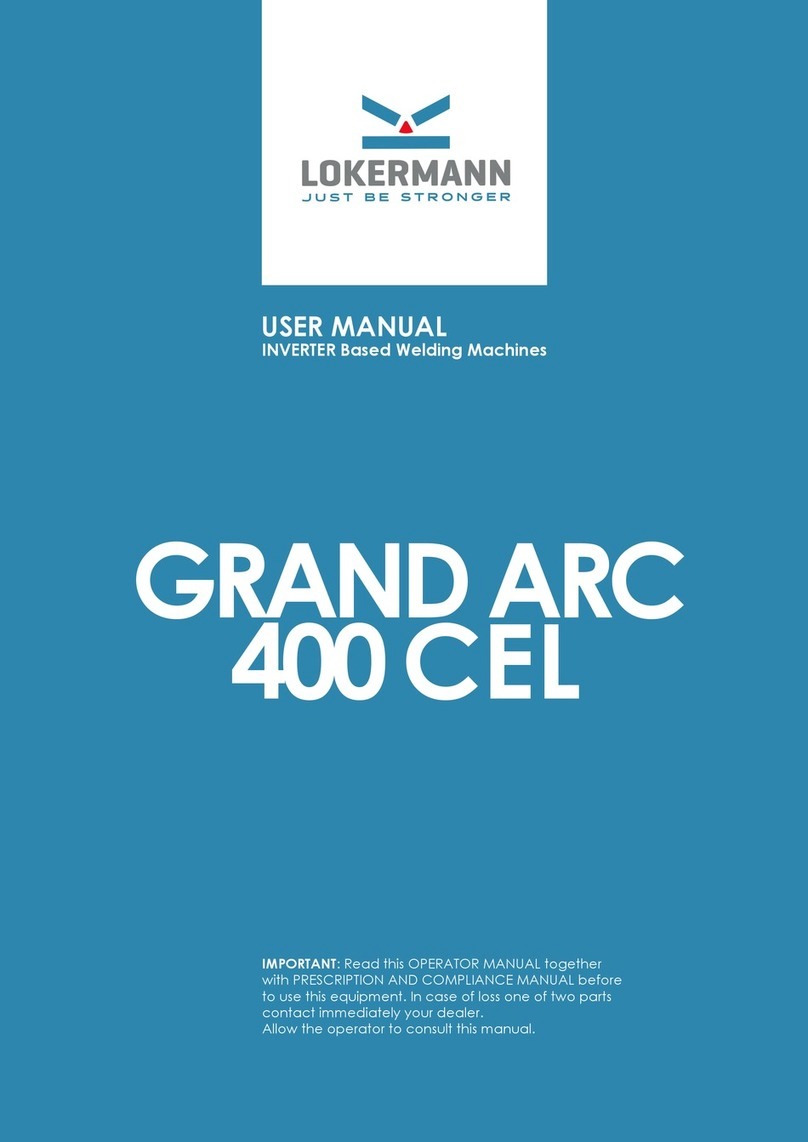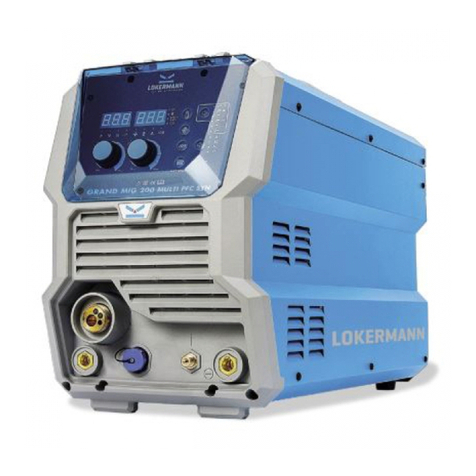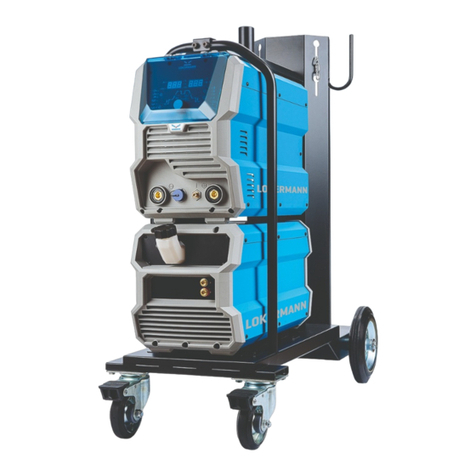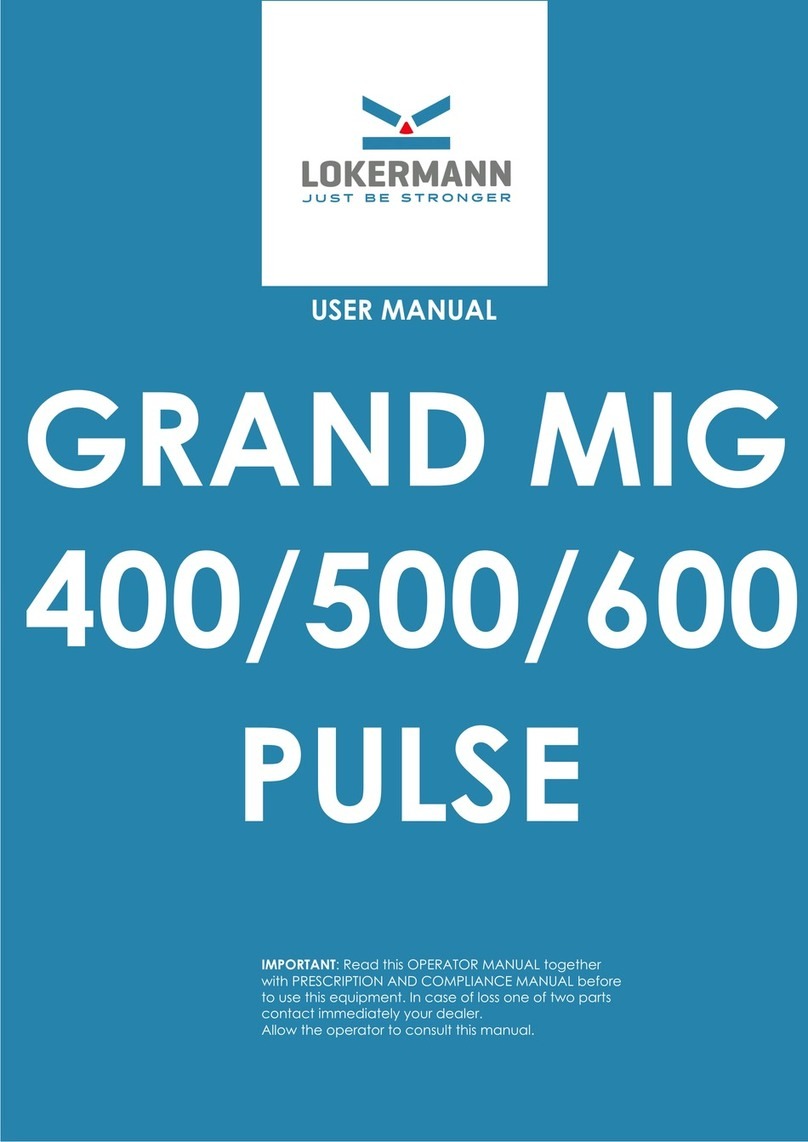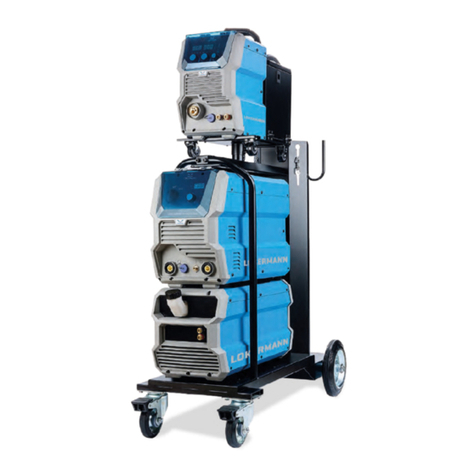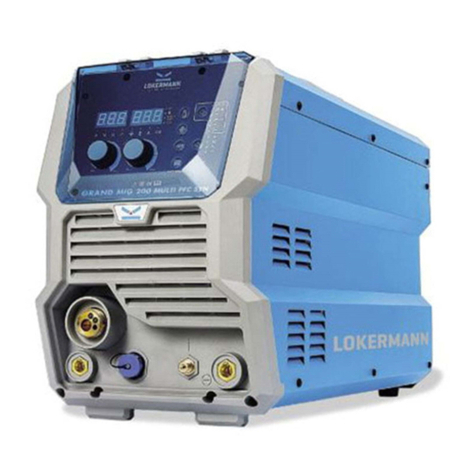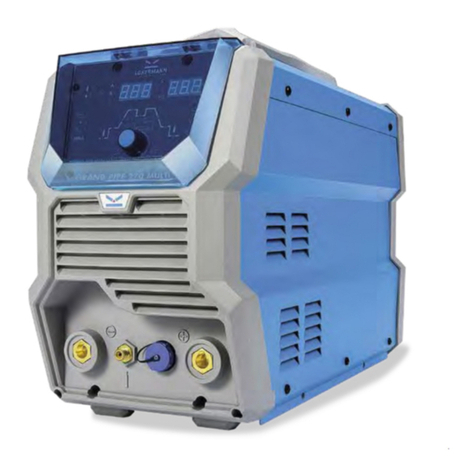
This machine is certified according to 60974-10:2014 Arc Welding Equipment
Part 10: Electromagnetic compatibility (EMC) requirement and the EUT belongs to
Group 2 Class A. WARNING: This Class A equipment is intended for industrial use
and it is not intended for use in residential locations where the elctrical power is
provided by the public low-voltage supply system. There may be potential
difficulties in ensuring electromagnetic compatibility in those locations, due to
conducted as well as radiated disturbances.
WARNING: This equipment does not comply with IEC 61000-3-12. If it is connected
to a public low-voltage system, it is the responsability of the installer or user of the
equipment to ensure, by consultation with the distribution network operator if
necessary, that the equipment may be connected.
Assessment of area
Before installing arc welding equipment the user shall make an assessment of
potential electromagnetic problems in the surrounding area. The following shall be
taken into account:
a) other supply cables, control cables, signalling and telephone cables, above,
below and adjacent to the arc welding equipment;
b) radio and television transmitters and receivers;
c) computer and other control equipment;
d) safety critical equipment, for example guarding of industrial equipment;
e) the health of the people around, for example the use of pacemakers and
hearing aids;
f) equipment used for calibration or measurement;
g) the immunity of other equipment in the environment. The user shall ensure
that other equipment being used in the environment is compatible. This may
require additional protection measures;
h) the time of day that welding or other activities are to be carried out.
The size of the surrounding area to be considered will depend on the structure of
the building and other activities that are taking place. The surrounding area may
extend beyond the boundaries of the premises.
Methods of reducing emissions
Public supply system
Arc welding equipment should be connected to the public supply system
according to this manual recommendations. If interference occurs, it may be
necessary to take additional precautions such as filtering of the public supply system.
Consideration should be given to shielding the supply cable of permanently
installed arc welding equipment, in metallic conduit or equivalent. Shielding should
be electrically continuous throughout its length. The shielding should be connected
to the welding power source so that good electrical contact is maintained
between the conduit and the welding power source enclosure.
FIRE AND EXPLOSION
Fire and explosion can be caused by hot slag, sparks, or the plasma arc.
- Be sure there is no combustible or flammable material in the workplace.
Any material that cannot be removed must be protected.
- Ventilate all flammable or explosive vapors from the workplace.
- Do not cut or weld on containers that may have held combustibles.
- Provide a fire watch when working in an area where fire hazards may exist.
- Hydrogen gas may be formed and trapped under aluminum workpieces when
they are cut underwater or while using a water table. DO NOT cut aluminum
alloys underwater.
- water table unless the hydrogen gas can be eliminated or dissipated. Trapped
hydrogen gas that is ignited will cause an explosion.
NOISE
Noise can cause permanent hearing loss. Plasma arc processes can cause noise
levels to exceed safe limits. You must protect your ears from loud noise to prevent
permanent loss of hearing.
- To protect your hearing from loud noise, wear protective ear plugs and/or ear
muffs. Protect others in the workplace.
- Noise levels should be measured to be sure the decibels (sound) do not
exceed safe levels.
PLASMA ARC RAYS
Plasma Arc Rays can injure your eyes and burn your skin. The plasma arc process
produces very bright ultra violet and infrared light. These arc rays will damage your
eyes and burn your skin if you are not properly protected.
- To protect your eyes, always wear a cutting helmet or shield. Also always wear
safety glasses with side shields, goggles or other protective eye wear.
- Wear cutting gloves and suitable clothing to protect your skin from the arc rays
and sparks.
- Keep helmet and safety glasses in good condition. Replace lenses when
cracked, chipped or dirty.
- Protect others in the work area from the arc rays. Use protective booths,
screens or shields.
